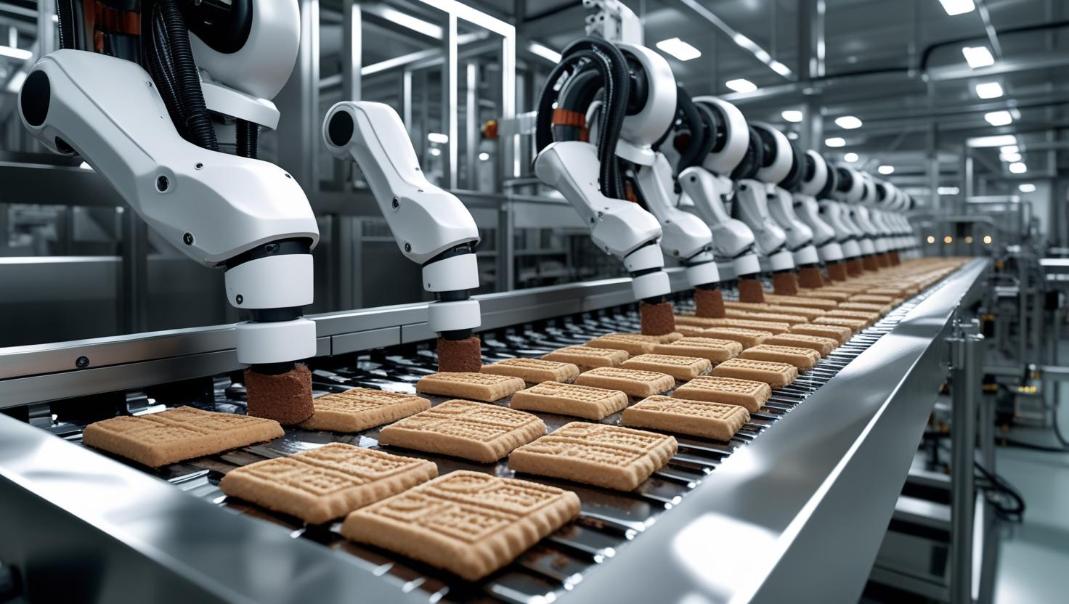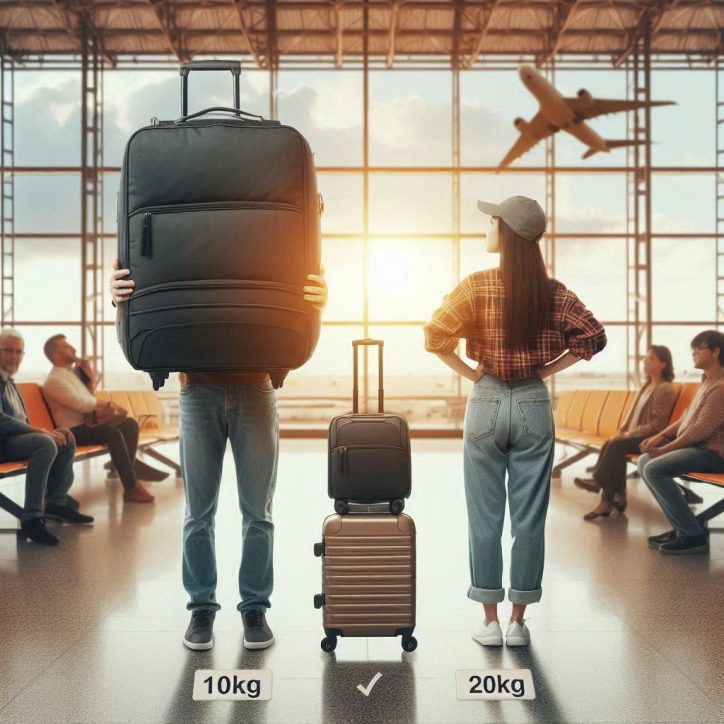How Automation Transformed the Production Line of Arnott’s Tim Tams

The Tim Tam story teaches us just as much about technology as it does about the world’s favorite chocolate biscuit.
Because of new manufacturing tools, the journey of Arnott’s Tim Tams shows how machines help us keep the same great flavor in every pack, no matter how far it travels.
To produce the biscuit, a once-simple production line donned a new, high-tech suit and reinvented itself, all while maintaining its Australian essence.
The Chocolate Biscuit’s Upgrade
When the Tim Tam first emerged in the 1960s, the team relied on hands to guide them every step of the way.
People mixed blends of flour, sugar, and chocolate, baked trays in carefully watched ovens, and poured silky biscuit layers into cool chocolate.
The secret was passion, but the world was growing hungry. Larger volumes of order books demanded machines that were also attentive to quality.
Soon, a choreographed dance linked scanners, mixers, and ovens, speeding up the process without sacrificing a single loving detail.
Mastering Each Biscuit, Biscuit by Biscuit
Today, programmers and snack lovers watch a Tim Tam line glide like a high-tech concert.
Robotic sausages of polished metal align in fabulously uneven rows, the sweet coating glistens as it pours, and a moment later a soft curtain of plastic and card swathes the perfect packs.
The machines keep every drop of chocolate in line, every crunch in sync. Heat-proof robots now roam the sweltering aisles, swapping stout containers and guarding every worker.
Thanks to their cool touches, the biscuits of Tullamarine, Sydney, and the world all taste and crunch exactly the same.
Data and Sensors Safeguard Every Biscuit
Arnott’s automation is about more than shiny robots. Smart sensors and clever data are the unseen guardians of biscuit perfection. Every machine checks heat, moisture, and coating thickness in the blink of an eye.
The moment something’s off, the machine tweaks itself without missing a beat. That split-second fix saves ingredients and keeps the biscuits tasting just right.
ALSO READ: Unlocking Next-Level Entertainment: How AI and Machine Learning Elevate IPTV Streaming Quality
Tech Makes Treats Greener
Arnott’s gadgets aren’t only about speed; they’re green heroes, too. Ovens that sip energy, power systems that know exactly when to turn off, and robots that sort wrappers for recycling mean the factory footprints are tiny.
The result is a lighter load on the planet, so every Tim Tam is still a guilty pleasure future snackers can happily unwrap.
Meeting the Planet’s Sweet Tooth
Life’s the same overseas as it is on the corner shop shelf. Tim Tams are zooming across oceans, and Arnott’s clever machines make that possible.
Batches are baked day and night to keep flavors spot on, while a digital map guides every biscuit on its journey till it reaches a friend halfway across the globe.
Old-school biscuit magic and clever circuits work as one to make sure that the same twirl of a Tim Tam in Sydney is the same satisfying snack in Tokyo or London.
Conclusion
Watching Tim Tam production change shows exactly how technology turned a childhood favorite into a worldwide treat.
By using robots, tiny sensors, and clever computer systems, Arnott’s keeps the chocolatey magic of the biscuit the same and yet makes the factory Jins run.
The result is a seamless blend of traditional recipes and cutting-edge technology, ensuring that each biscuit retains the same rich and delightful taste as the first one you ever experienced.

 Travel habits are changing fast, especially with new tech making packing smarter and easier. Airlines now offer different weight limits, and choosing the right luggage can make your journey stress-free. Budget carriers like Ryanair often allow cabin bags up to 10 kg with dimensions around 55 x 40 x 20 cm when you have priority boarding. Meanwhile, checked baggage usually offers 20 kg or more, giving you more flexibility but at an extra cost. Understanding your options and using the right tools can help you travel lighter and smarter.
Travel habits are changing fast, especially with new tech making packing smarter and easier. Airlines now offer different weight limits, and choosing the right luggage can make your journey stress-free. Budget carriers like Ryanair often allow cabin bags up to 10 kg with dimensions around 55 x 40 x 20 cm when you have priority boarding. Meanwhile, checked baggage usually offers 20 kg or more, giving you more flexibility but at an extra cost. Understanding your options and using the right tools can help you travel lighter and smarter.